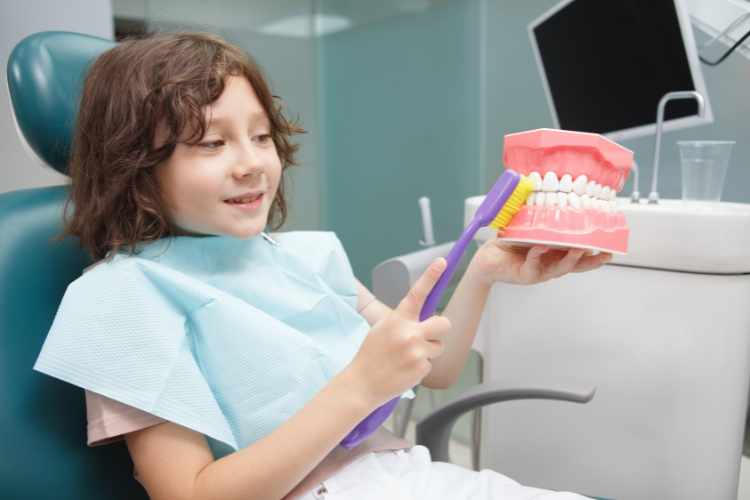The use of braces was formerly limited to children and teens. However, adult braces have become more widely used as a result of advancements in medicine throughout time. Many individuals seek orthodontic therapy because they realize the value of excellent dental health and want to feel good about their appearance. Moreover, children’s orthodontics and adult orthodontics Carmichael both involve straightening the teeth, although several vital distinctions exist.
I. Age-related challenges
Adult patients frequently have issues that younger people don’t have to worry about due to aging, including moderate gingivitis, little bone loss, and limited blood flow caused by insufficient bone between roots. An older patient may frequently take longer to adapt to teeth repositioning since bones get more challenging as you age and tissue ages. Also, adults may experience a more drawn-out and intricate procedure than youngsters due to these biomechanical constraints.
II. Correcting an overbite
Correcting a bad bite is one of the main reasons patients choose orthodontic treatment. It is frequently impossible to repair a profound overbite in an adult patient without removing one or more teeth from the mouth. As you age, you are more likely to have significant tooth wear, exacerbating your overbite and making the treatment more challenging. In these situations, an orthodontist’s objective can be to improve rather than perfect an adult patient’s bite functionally.
III. Root resorption risk
Root resorption is more common in adult orthodontic patients than in young children. When your body reabsorbs a tooth’s root, it loses its anchoring. It may be brought on by your oral habits, roots, and family history. Your teeth may become loose and eventually fall out if you have root resorption issues, and your therapy creates friction to your roots. Close observation can assist an orthodontist in identifying indications of resorption, but if it is not detected early, it is frequently incurable.
IV. Tooth extraction issues
Past dental operations, which children have far less, present a barrier for adult orthodontics. If a grown adult needs braces but has previously had teeth pulled, those areas may not be good places for new teeth to develop. The adult will need additional surgeries to pull off such an operation like putting prosthetic bone where they want to work. Usually, children that require orthodontic treatment don’t experience the issue. Moreover, children are good candidates for orthodontic treatment because they grow teeth and jaws, making it easier to move and correct teeth than an adult. They are also younger and so require less therapy throughout their lives.
V. Social and psychological factors
Adults considering orthodontics experience more significant cosmetic anxiety, pain from wearing dental equipment, and elevated treatment expectations since people are more accustomed to seeing youngsters wearing braces.
Even though the circumstances for which adults and children may have orthodontic treatment are often the same and the treatments themselves are substantially the same, there are some variations between the two, most notable difficulties with adult orthodontics. However, it doesn’t mean that adult orthodontic therapy is not an alternative. Call Gaiduchik Orthodontics to schedule your meeting today to learn more about adult orthodontic procedures.

